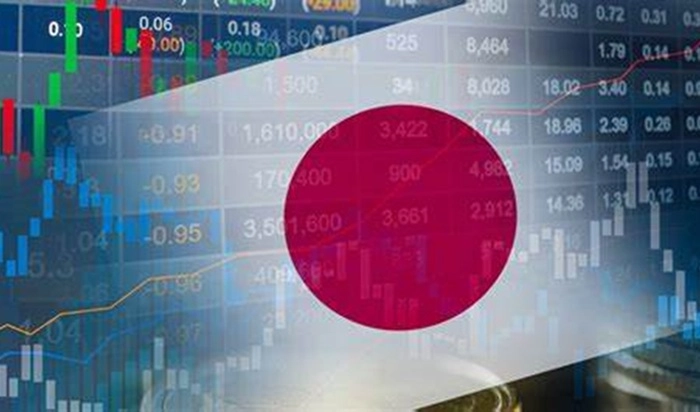London/New York, June 10, 2025 — Foreign investors reversed a four-month trend of net outflows in May, delivering a significant vote of confidence to Asian stock markets amid easing U.S.-China trade tensions. Data from the London Stock Exchange Group (LSEG) shows foreign investors poured $10.65 billion into equities across India, South Korea, Indonesia, and the Philippines—the largest monthly inflow since February 2024. Notable exceptions included Thailand, which saw $491 million in outflows, reflecting diverging market dynamics.
U.S.-China Tariff Truce Sparks Risk-On Sentiment
The shift coincided with the May 12 U.S.-China joint statement suspending a proposed 24% tariff hike, easing fears of supply chain disruptions and margin pressures for Asian exporters. “The tariff reprieve has reduced uncertainty for multinational corporations with operations in the region,” said Van Chuoyun, Chief Investment Officer for Asia at HSBC Global Private Banking. While Hong Kong stocks have seen modest inflows, she noted allocations remain below historical averages, with a strategic focus on China’s artificial intelligence sector and high-dividend equities.
Wall Street Upgrades Outlook for Asian Markets
Major investment banks have turned increasingly bullish on Asia’s growth prospects:
Goldman Sachsraised its 2025–2026 earnings growth forecast for the MSCI Asia Pacific (ex-Japan) index to 9% (up 2 and 1 percentage points, respectively), citing robust macroeconomic performance in the U.S. and China as key drivers.
Citiupgraded emerging Asian equities from “underweight” to “neutral,” highlighting the region’s policy agility and tech-driven momentum. “Asian economies have greater fiscal space to stimulate growth compared to debt-constrained Western nations, while tech startups continue to outpace global peers in innovation,” the bank’s report stated.
Valuation Disparities Fuel Inflows
Asian equities are drawing investors with the region’s compelling valuation profile: the MSCI Asia Pacific (ex-Japan) index trades at 13.4x forward earnings, significantly below Europe’s STOXX 50 (15.4x) and the S&P 500 (21x). Despite first-half volatility from U.S. trade policy shifts, the MSCI Asia index has gained 8.8% year-to-date, outperforming the MSCI World Index (5.4%) and S&P 500 (0.98%). HSBC Private Banking set a target of 25,830 for the Hang Seng Index, noting that Chinese AI firms now lead global research output, creating opportunities for valuation recovery in tech stocks.
Risks Linger Amidst Optimism
While the rebound signals renewed confidence, Invesco warned of potential headwinds in the second half of 2025. “The U.S. dollar’s trajectory remains a critical variable,” said the firm’s chief Asia strategist. Historical data shows Asian currencies appreciate an average of 6% during dollar declines, boosting inflows and consumer spending via lower import costs. However, investors are urged to monitor for short-term disruptions from resurgent trade tensions, as the region balances policy tailwinds with external uncertainties.
Related topics


